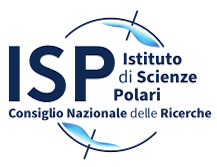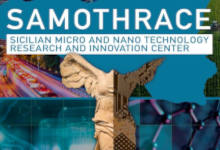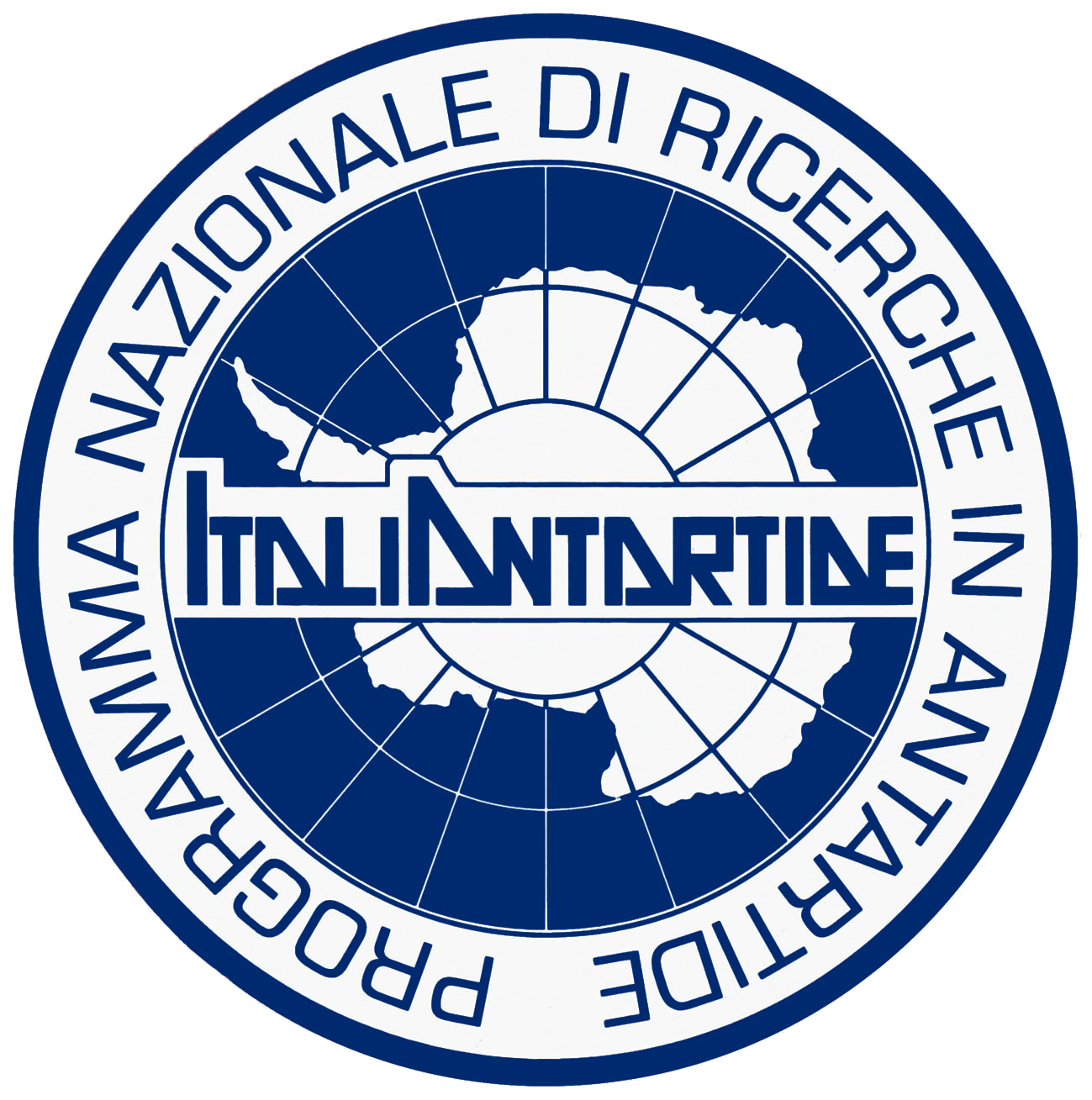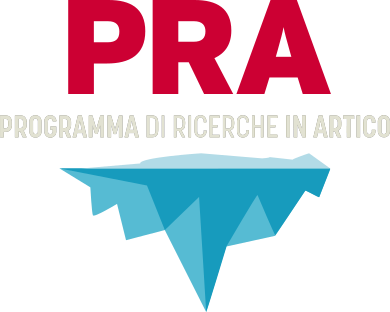Summary
At present many European maritime regions face many difficulties as a result of environmental problems associated with intensive offshore fish farming. There is an urgent need to develop an efficient biomonitoring tools to validate the wellness of marine ecosystems. By combining technological and biological elements in a single device, biosensors offer the possibility for highly specific and precise measurements. Here, for accurate spot and on-line monitoring of marine sediments, we are proposing to use as the biological component of biosensor, the psychrophilic electroactive bacteria of the genus Shewanella which can transfer metabolically-generated electrons from a cell interior to external electron acceptors, such as solid metal during anaerobic respiration, named extracellular electron transfer. We are going to use the capacity of metabolically active cells to generate under optimal conditions of anaerobic growth the current of up to 30 µA/cm2. Thus, based on most recent knowledge on genomics and physiology the activities will be focused on the development of innovative Shewanella-based biosensors in order to detect and measure biological status of contaminated marine sediments.
Project Partners
• Istituto per la Microelettronica e Microsistemi – IMM (responsabile dello spoke)
• Istituto per la BioEconomia – IBE
• Istituto di BioFisica – IBF
• Istituto di bioimmagini e fisiologia molecolare – IBFM
• Istituto di cristallografia – IC
• Istituto di Chimica Biomolecolare – ICB
• Istituto di Farmacologia Traslazionale – IFT
• Istituto per i Polimeri, Compositi e Biomateriali – IPCB
• Istituto per i processi chimico fisici – IPCF
• Istituto per la Ricerca e l'Innovazione Biomedica – IRIB
• Istituto per lo studio dei materiali nanostrutturati – ISMN
• Istituto di Scienze del Patrimonio Culturale – ISPC
• Istituto di tecnologie avanzate per l'energia "Nicola Giordano" – ITAE
• Unità di ricerca presso terzi Labsens - URT Labsens







 Title: SiciliAn Micro and NanO TecHnology Research and InnovAtion Center
Title: SiciliAn Micro and NanO TecHnology Research and InnovAtion Center 


